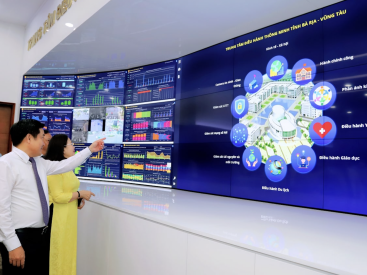In previous decades, supply chain managers focused on managing the flow of materials and resources through different processes as they became finished goods and were finally delivered to the end customer. These past eras, marked by stability and predictability, have recently given way to a new emphasis on increased risk, regulatory changes and economic, societal and geopolitical shocks. Initially, managers did not have the tools and information to respond adequately to sudden disruptions. As a result, global supply chain networks continue to undergo digital transformation to overcome these new challenges, implementing asset-tracking solutions and adopting Industry 4.0 technology, including artificial intelligence (AI), machine learning (ML) and the Internet of Things (IoT). Digital Transformation in the Supply Chain Generally, digital transformation describes the process of changing how an enterprise operates at a fundamental level by incorporating digital technologies across all areas of a business. Concerning the supply chain, digital transformation is similar in that it involves inserting digital capabilities into every aspect of the supply chain to enhance everything from customer service and productivity to cross-departmental collaboration and decision-making. Historically, there wasn’t a pressing need for digital transformation; likewise, enterprises took the logistics links connecting distinct parts of global supply […]
K&X Design and Investment Technology, LLC
Invest The Invisible Impact
K&X Design and Investment Technology, LLC
Invest The Invisible Impact



